This Is How a Gold IRA Works
With everything that’s going on in the world today, more and more people seem to be getting nervous about their future’s well-being Stock markets are starting to worry about the threats of a...
Precious Metals

While 401(k) plans are well known by most people today through their workplace retirement plans, IRAs may not be as well known. While the IRA was created several years before the 401(k), and Americans hold more money in IRAs than in 401(k) accounts, more workplace retirement plans offer 401(k) options than IRA options.
Starting an IRA today often means doing it yourself, and the options available to you may seem complicated or overwhelming. Where do you start, who do you choose as a custodian, and what do you purchase?
These are all questions you need to answer before you make the decision to start an IRA. But relying solely on a workplace 401(k) plan could mean that you end up shorting yourself when it comes to saving for retirement.
By not starting an IRA, you could be missing out on tens of thousands or even hundreds of thousands of dollars worth of potential retirement savings. Read on to learn more about IRAs and figure out which options might be best for you.
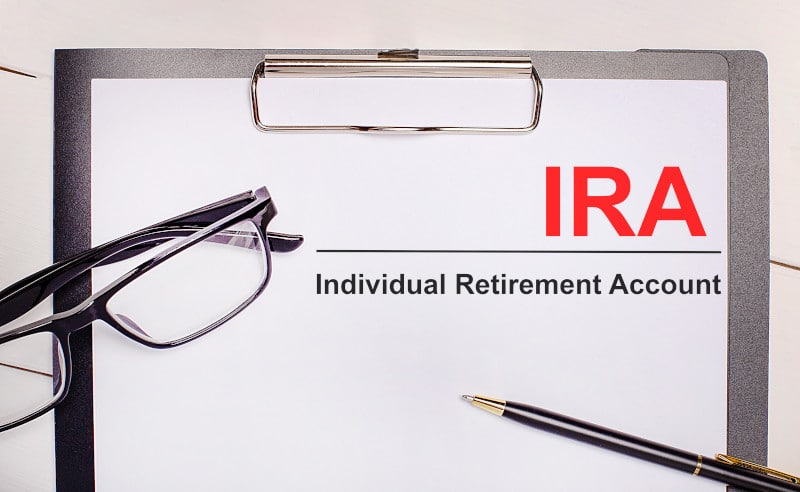
An individual retirement account (IRA) is a type of retirement account established by the Employee Retirement Income Security Act of 1974 (ERISA). An IRA is one of many types of accounts that individuals can use to save for their retirement.
It’s important to understand that there are many different types of IRAs. Each has its own advantages and disadvantages, and not every type of IRA is available to everyone.
The Traditional IRA is the type of IRA with which most people are familiar. A Traditional IRA allows you to use pre-tax dollars from salary deductions and use them in an IRA.
Those gains accrue tax-free until you decide to take a distribution, at which time your distribution is taxed at ordinary income tax rates. Some contributions to a Traditional IRA may even be tax-deductible, depending on your income.
Roth IRAs are a relatively recent development, and allow individuals to place post-tax dollars in an IRA. Those assets continue to make gains tax-free, and then are not taxed when you decide to take a qualified distribution.
Roth IRAs are often preferred by those who think that they will end up in a higher tax bracket in retirement than they are in right now. Roth IRAs are also subject to different regulations regarding distribution penalties and required minimum distributions (RMDs) than Traditional IRAs.
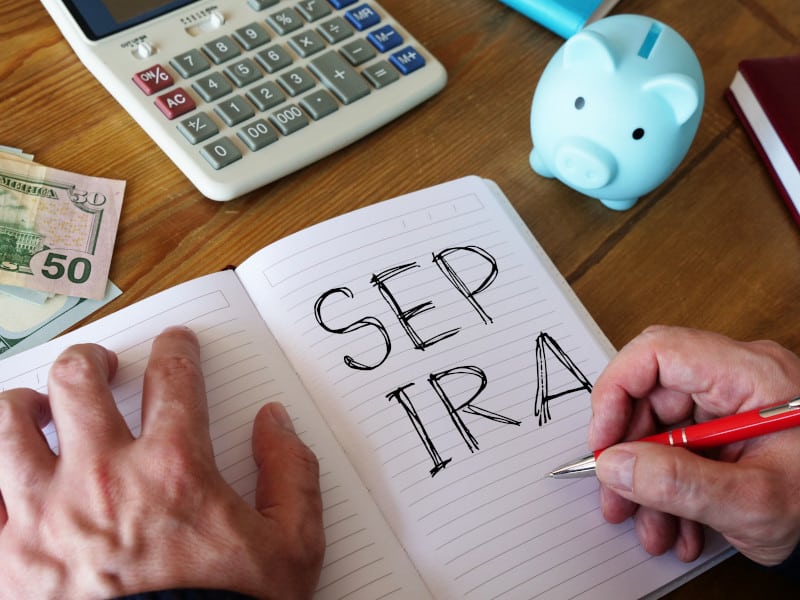
SEP IRA stands for Simplified Employee Pension IRA. It’s a type of IRA that was developed to allow self-employed individuals and those who own small businesses to benefit from an IRA.
In general, a SEP IRA is used by a small business owner who is either the sole employee or who employs very few employees. SEP IRAs allow significantly greater annual contributions than Traditional IRAs.
For 2024 the total SEP IRA contribution limit is 25% of your total compensation or $69,000, whichever is less. That far exceeds the current $7,000 contribution limit for Traditional IRAs.
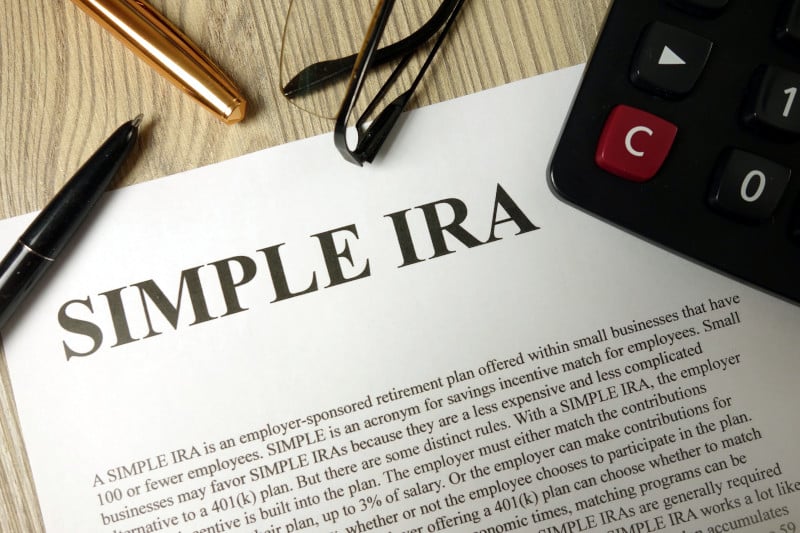
SIMPLE IRA stands for Savings Incentive Match Plan for Employees IRA. It’s a specific IRA developed for small businesses with fewer than 100 employees, to allow those companies to offer their employees a tax-deferred retirement plan.
SIMPLE IRA plans are normally cheaper to administer than a 401(k) plan, but often offer fewer asset options. Contribution limits for a SIMPLE IRA are $16,000 for 2024.
That’s higher than for a Traditional IRA but lower than for a 401(k). There are also rules for rollovers from SIMPLE IRAs that differ from those for other IRAs and tax-advantaged retirement accounts.
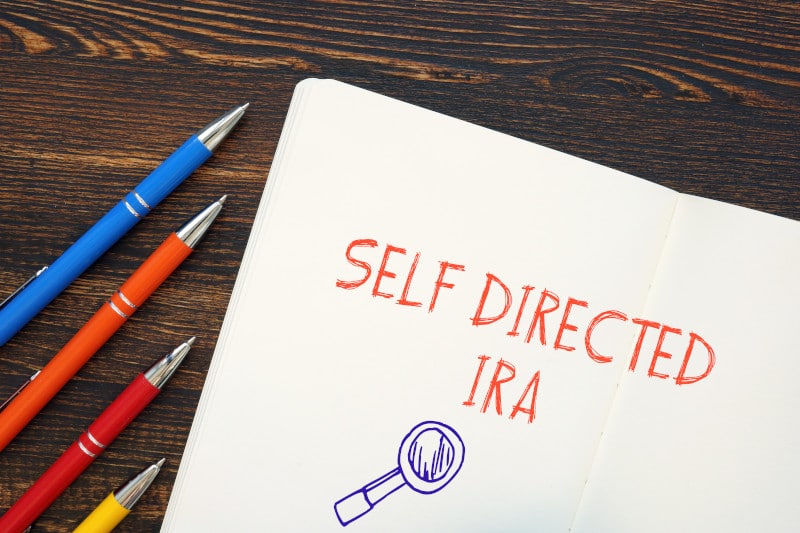
A self-directed IRA isn’t a separate type of IRA, but rather an IRA that allows you to hold non-traditional assets such as precious metals, real estate, or agricultural commodities, assets that you might not have access to through a conventional IRA custodian. A gold IRA, in which you hold physical gold coins and bars, is one example of a self-directed IRA.
With a self-directed IRA, you the account owner are in control of your assets, and you determine which assets your self-directed IRA acquires. Aside from a few asset types such as collectibles that are explicitly forbidden under federal law, your options in a self-directed IRA are nearly unlimited.
Self-directed IRAs can be set up either as a Traditional IRA, using pre-tax dollars, or as a Roth IRA, using post-tax dollars. You can also transfer or roll over assets from a Traditional IRA, 401(k), or similar account into a Roth self-directed IRA by doing a Roth conversion.
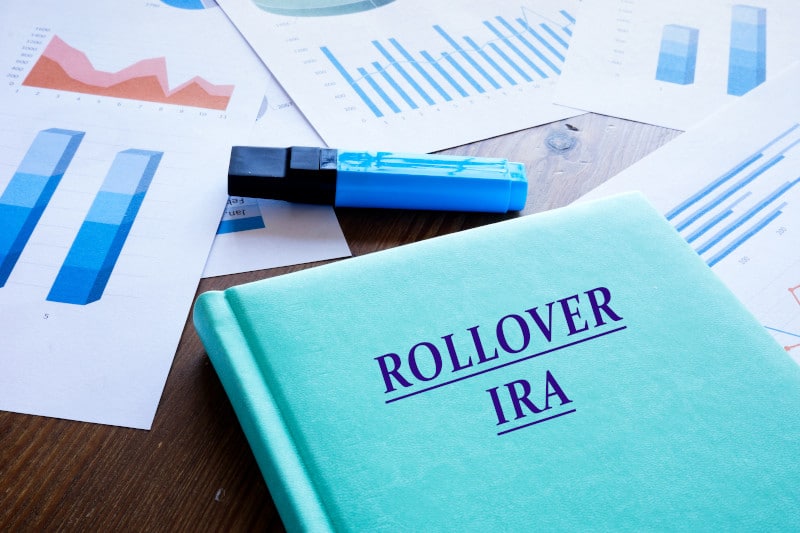
A rollover IRA isn’t a separate type of IRA either, but rather an IRA that is funded by rolling over funds from another retirement account such as a 401(k) into an IRA. You can consult the handy rollover chart from IRS for more information about what kind of rollovers you can perform.
Under certain circumstances, assets from your rollover IRA can be moved back into the account they first came from. For instance, you could move assets out of equity funds held in a 401(k) into an IRA when stock market conditions deteriorate, then move them back into a 401(k) in the future if stocks start to perform better.
Rollover IRAs are a popular method of opening self-directed IRAs such as a gold IRA. If you have existing retirement accounts, you can fund a gold IRA through a rollover or transfer from existing 401(k), IRA, TSP, or similar retirement accounts.
That allows you to protect your assets with physical gold coins or bars, while still enjoying the same tax advantages as your existing retirement accounts.

There are a few additional rules that you need to be aware of when participating in an IRA. These include:
Annual contribution limits for 2024 are $7,000 for Traditional and Roth IRAs, with those over the age of 50 being able to add an extra $1,000 “catch up” contribution each year. SEP and SIMPLE IRAs have different contribution limits as discussed earlier.
Since SEP and SIMPLE IRAs are relatively uncommon, if you have a SEP IRA or SIMPLE IRA you’ll want to consult your tax advisor or financial advisor to go over all the rules and regulations and learn how they differ from Traditional or Roth IRAs.
Distributions taken before age 59½ from a Traditional IRA are subject not only to income taxes, but also to an additional 10% penalty. Distributions from a Roth IRA are not subject to penalty if you’re withdrawing contributions, but can incur a 10% penalty if you withdraw earnings too early.
There are some exemptions from the 10% penalty, particularly for medical expenses, home purchases, etc. These exemptions vary depending on the type of account you’re distributing from, so if you need to tap into your IRA for an emergency you’ll want to do your homework and probably consult with a tax advisor to make sure you’re following all the rules.
Traditional IRAs require you to take required minimum distributions (RMDs) at age 73, while there are no RMDs for Roth IRAs during the lifetime of the original account owner.
IRAs also face limitations in the types of assets they can acquire. While IRAs generally offer more asset options than 401(k) accounts, they are prohibited from certain assets, particularly collectibles.
While coins and metals in general are considered collectibles for purposes of IRA acquisition, there are some exceptions. Gold and Silver American Eagle coins from the US Mint are exempt from consideration as collectibles for IRA acquisition, as are gold and silver coins or bars with fineness of .995 (gold) or .999 (silver).
Regulations surrounding IRAs can be quite extensive, so you’ll want to consult your tax advisor and financial advisor to make sure you’re complying with everything you need to.
But if you have a 401(k) and not an IRA, and you’re looking to expand your options, you may want to look into starting an IRA to diversify your retirement savings options. And if you have funds in a 401(k), IRA, or TSP account already, you can fund an IRA with a rollover.
Rollovers from 401(k) and similar accounts are not subject to the annual contribution limits, allowing you to fund your IRA with a larger amount of money than if you were to start from scratch. Rollovers from 401(k) to accounts to an IRA are a popular method of funding gold IRAs.
No one ever reached retirement wishing they had less money to spend. And starting an IRA can be one method of helping to maximize your retirement savings.
Have questions about self-directed IRAs or gold IRAs? Call the experts at Goldco today and learn more about how a self-directed IRA can help protect your retirement.
This article was originally published in February 2021 and was updated in July 2024.

